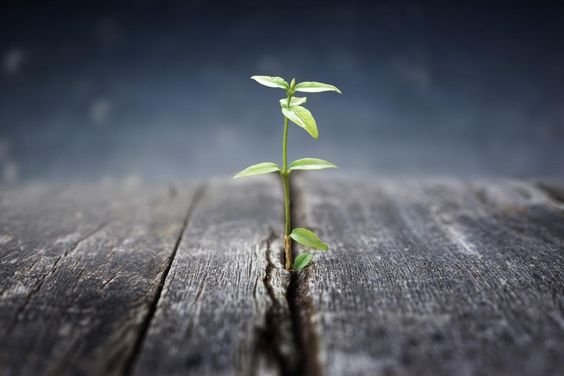Every piece of clothing has an impact on the environment, but the big question is how much of an impact?
Linen
Linen is a plant-based fabric made from flax which can be grown on rough terrain that’s unsuitable for food production. It can be cultivated and processed1 without chemicals, though this is more commonly found in Europe and less so in China.

Cotton
Cotton is a natural plant-based fiber used in clothing, furniture, and other textile blends, such as rayon and synthetics. It is a durable, breathable, and highly versatile fabric. It is also biodegradable, which is a huge plus, considering the damage being caused by synthetic fabrics.
Cotton, however, uses a tremendous amount of water (almost 3 percent of global water use), pesticides (7 percent of all chemicals used for agriculture in the U.S.), and arable land (2 percent globally).3 In other words, it’s a resource hog. Organic cotton can improve the chemical effect, but it tends to require more land because crop yields decrease.
Wool
If you’re comfortable with the fact that wool is an animal product, this could be an environmentally friendly option. Wool is tough, wrinkle-resistant, resilient (which means good at retaining its original shape), and it can absorb signifiantly more moisture than cotton and other materials before feeling damp. It holds colorful dyes easily, without use of chemicals.
Wool can replace many of the water-resistant synthetics and polyester fleeces that feature prominently in outdoor gear without fear of microfiber shedding – which, one could argue, wreaks havoc for wildlife down the food chain, despite being vegan.
The biggest issue with wool is the methane emissions from burping sheep. Over 60 percent of wool’s carbon footprint comes from the sheep themselves, as opposed to other fabric industries whose larger emissions hail from the fabric production process. These sheep, however, are usually raised on non-arable land.
Rayon and Modal
These man-made fabrics are made from cellulose. In the case of modal, the cellulose comes from softwood trees, and viscose rayon is usually bamboo. While the raw crop is biodegradable, the chemicals required to transform it into fabric, including carbon disulfide, are unsafe.
“Preliminary Study of Carbon Disulfide Discharges from Cellulose Products Manufacturers.” Environmental Protection Agency, 2011.
The source of cellulose is also questionable. The fabric for rayon clothes made in China likely comes from countries where old-growth rainforests are being destroyed to make way for bamboo, planted specifically for textile manufacturing.
If the fabric is processed mechanically, rather than chemically, it has a much smaller impact. This is called ‘bamboo linen’ but it’s harder to find and more expensive.
Polyester
Polyester clothing is very popular. People like it for its stretchiness, durability, and comfort, but it’s important to remember that it’s a plastic manufactured from crude oil (an energy-intensive process). Even though some manufacturers are adding recycled polyester, often sourced from plastic bottles, to their fabrics, these have the same environmental repercussions as new polyester, which researchers are only just starting to understand.
What we know now is that every wash releases plastic microfibers into waterways and these persist indefinitely, contaminating lakes and oceans and getting ingested by animals and, indirectly, by humans
Choose organic fabrics whenever possible. These are more expensive, which means you’ll likely buy less – but that’s a good thing, too. We need to break free from the fast fashion mentality that encourages rapid turnaround times on trends and a quasi-disposable attitude toward clothes.








